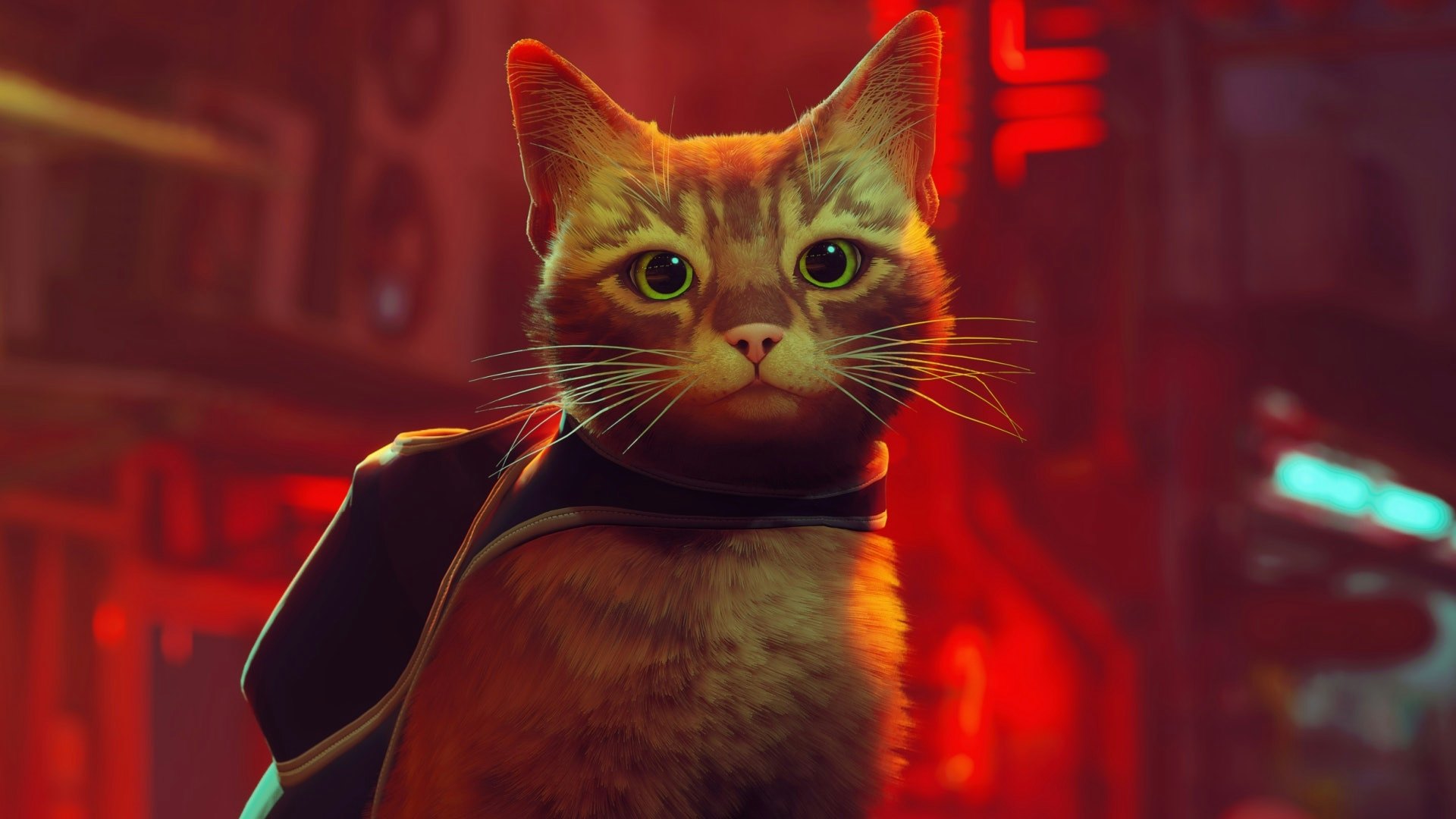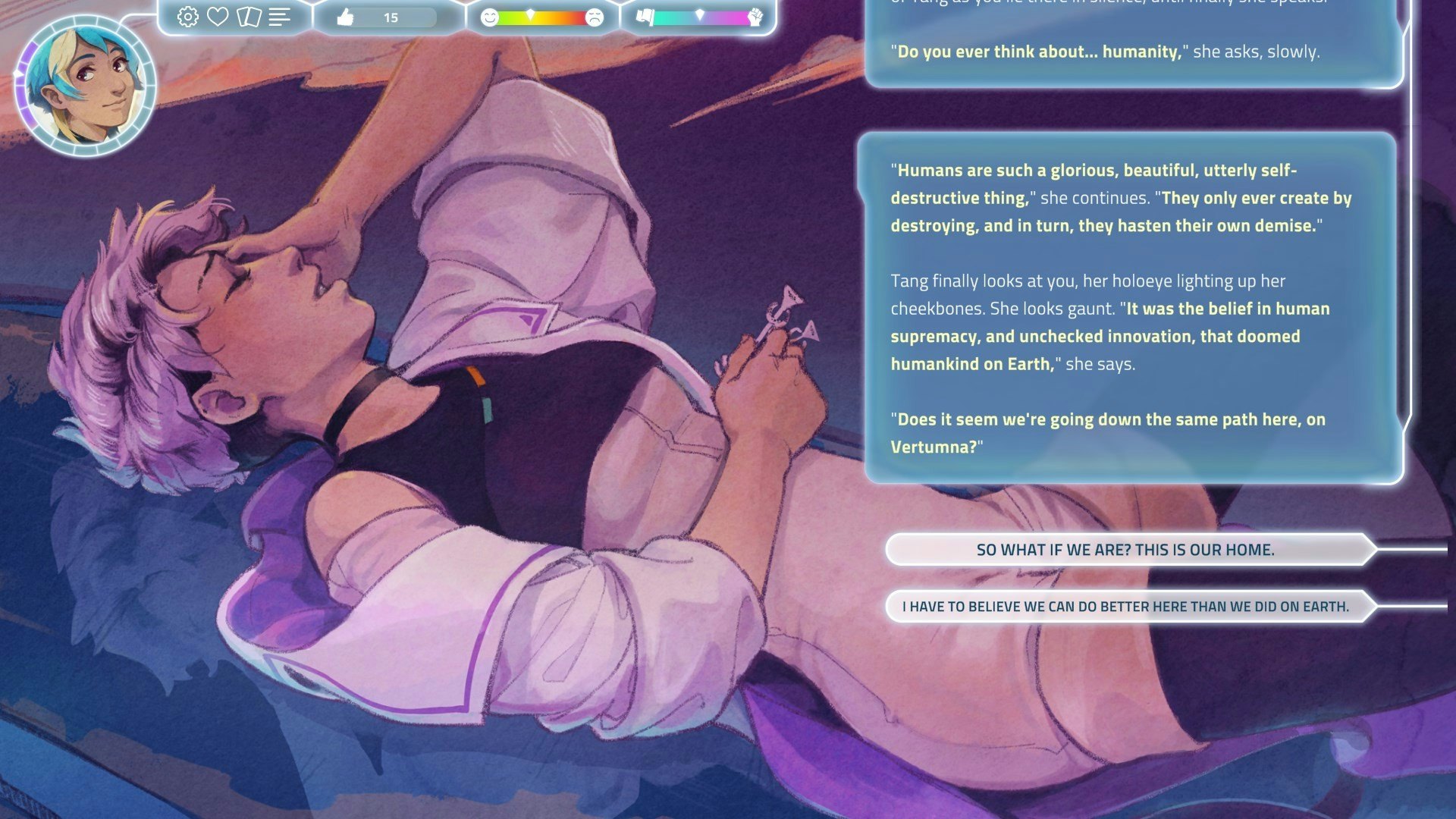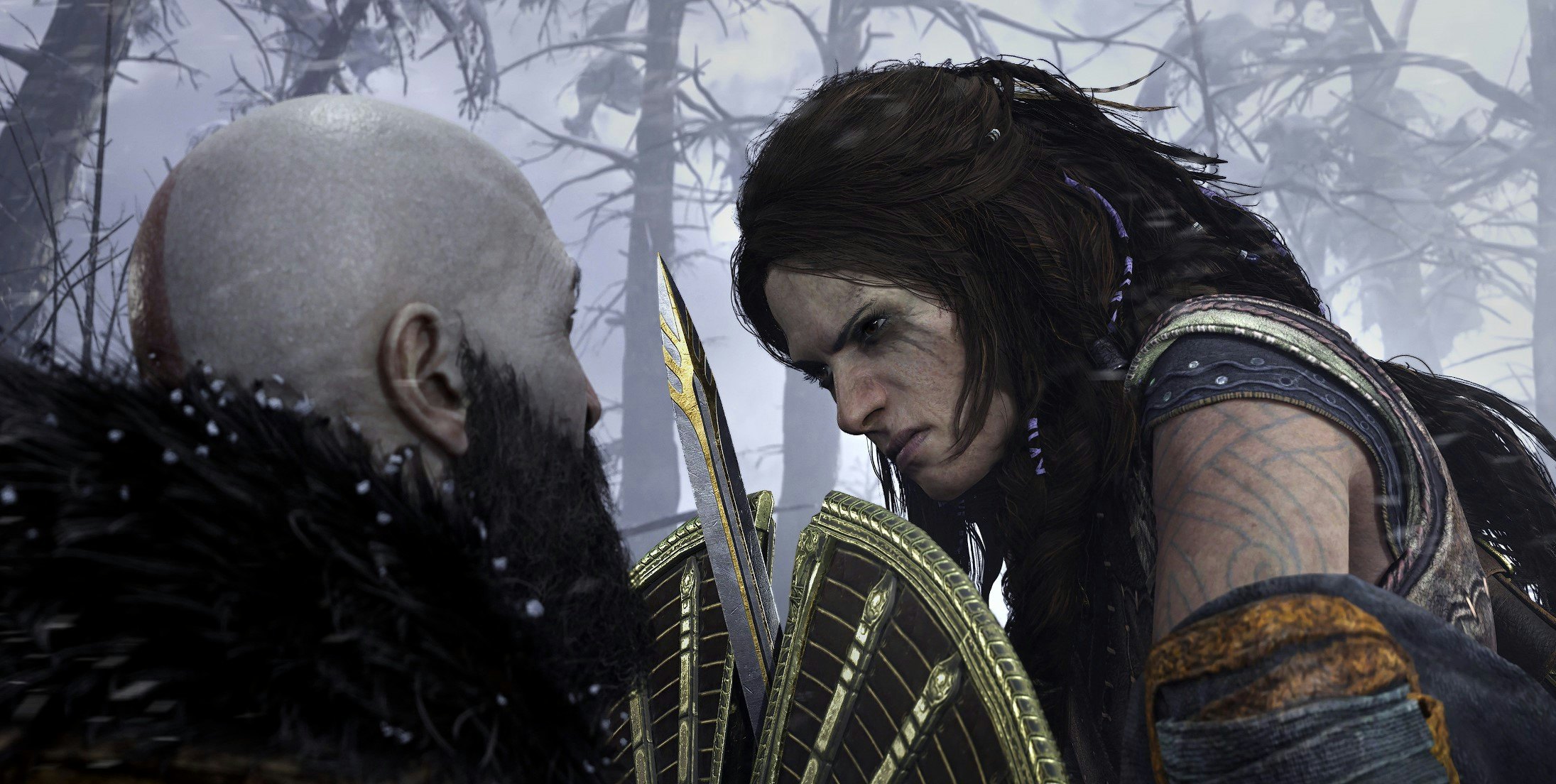
What is an indie game, anyway? Looking at the nominees of the 2022 Game Awards, I’m not sure anybody could definitively tell you. Amongst the likes of God of War Ragnarok and Elden Ring sat a few indie darlings from the past year. A label that started out as a way to recognize smaller developers making games outside of the traditional trappings of the industry has become commodified by that industry. It may be time to rethink how we define an indie game.
The big business of small games — The biggest, most talked-about TGA category is, of course, Game of the Year. This year, the list of nominees mostly includes AAA successes like Elden Ring, God of War Ragnarok, and Horizon Forbidden West. The game in the list that stands out most from the crowd is Stray.

Unlike the other games on the list, which are large sprawling adventures with hefty budgets behind them, Stray has pretty simple premise. You play as a cat exploring a sparsely populated post-human world. The game’s unique platforming earned it critical praise and instant indie darling status.
The publisher behind Stray is Annapurna Interactive, a games publishing subsidiary of the film company Annapurna Pictures founded in 2016. If there is such a thing as a “big” indie, then it would be found at Annapurna Interactive. The company has a history of turning out some of the most well-received “indie” games since it began publishing.
Annapurna, as well as Devolver Digital (who is also represented in this year's nominations with Cult of the Lamb) make up what could be considered the “mainstream” indie space.
The nature of the awards show means that only a few indie games will rise above the crowd to be recognized. But so often the handful that is chosen represent a comparatively small slice of the indie scene that feels most palatable to the mainstream industry, something that indie games initially sought to break away from.
Beyond video games, the term “indie” is loaded. Indie rock and indie film suggest a certain underdog quality, that something breaks the mold and goes outside of the system. Yet today these are mostly stylistic terms, loaded with prestige but owned predominantly by big-name actors, musicians, and companies. The “real” indie scenes do still exist but they bear shockingly little resemblance to the mainstream idea of an indie.

The chosen few — The indie darlings of 2022 in games seem to be Stray and Immortality. Both bear an underdog, mold-breaking reputation while having more mainstream connections than the indie branding would imply. Stray was published by one of the biggest indie companies in the industry, as well as getting money from Sony to be a console exclusive. Immortality thrives off auteur Sam Barlow’s shining reputation as one of the greatest creatives in the industry.
Indie games and smaller creators getting more attention and more money from bigger names in the industry can be a great thing, there seems to be a cap on how many indies can receive the credit they deserve.
Many of the most compelling games of 2022 were indie games. The likes of Citizen Sleeper, Signalis, Sephonie, I Was a Teenage Exocolonist, and more all offer impeccable experiences to players that feel innovative. Some of these did receive nominations, though in much smaller categories.
The line between indie and AA games has become muddled, which creates a dilemma for the industry at large. At what point is a game too big to be indie? Is indie an aesthetic, a budget, a number of developers? It is unclear.

The love for the games that do get nominated is welcome, but The Game Awards is largely a space that recognizes mostly AAA experiences. As good as Horizon Forbidden West and God of War Ragnarok might be, they are also sequels that are very similar to their predecessors. There is little innovation, they play it safe. Yet they reap the nominations. When you give two or three games a spot in almost every category in the awards then there becomes little space to recognize anything outside of the norm.
Beyond the confines of the Best Indie and Best Debut Indie categories, TGAs 2022 nominees include only a sparse representation of indie experiences. Games for Impact has several too, but often these games receive their only nomination in this category. What game can be so impactful yet not deserving of a nomination anywhere else?
As is too often the case with award categories dedicated to a smaller subset of an industry, rather than feeling like a dedicated place to gain attention, it feels like a relegation from the rest of the conversation.
The Game Awards will air live from Los Angeles on December 8.







